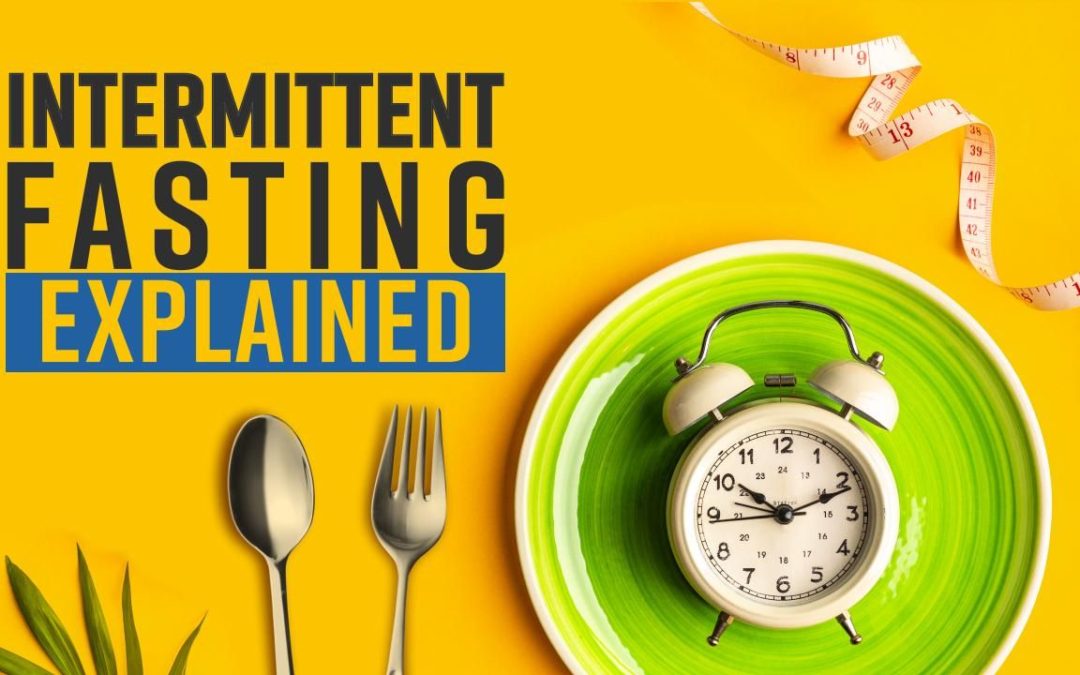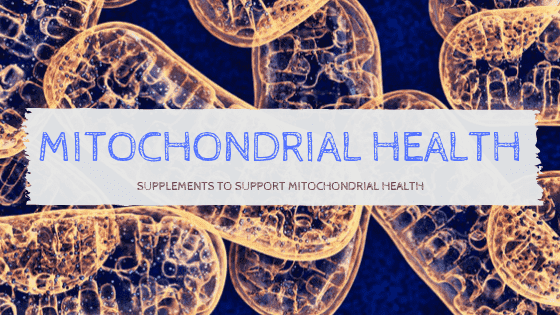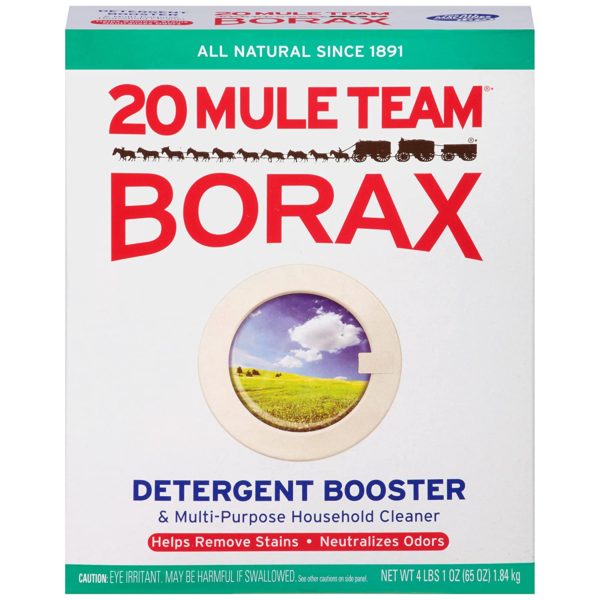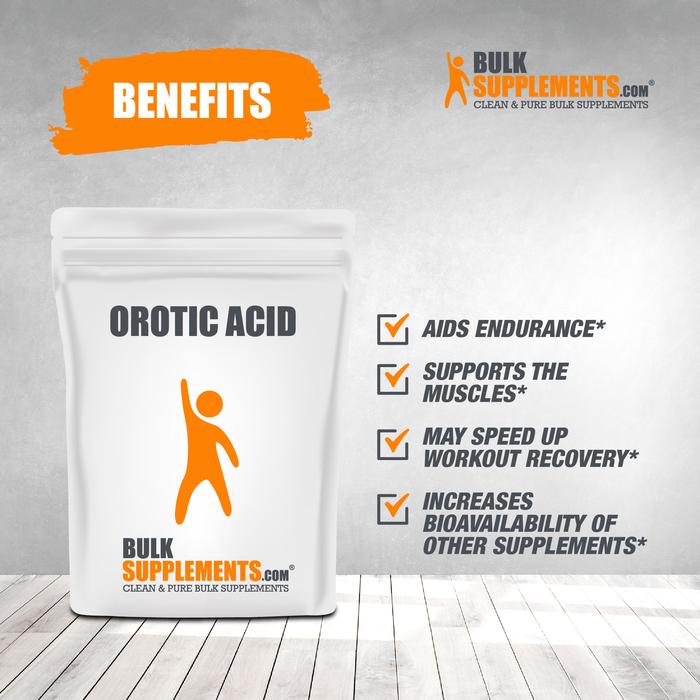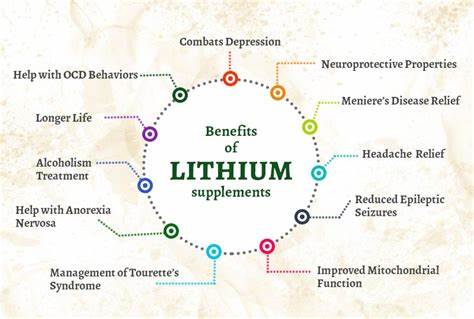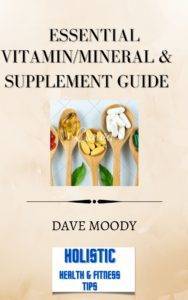Introduction to Intermittent Fasting
Recent research has found that intermittent fasting or limiting food consumption to 12 hours per day or less, has positive effects on the body. Intermittent fasting benefits autophagy, which is the process of breaking down old cells, and upregulating senescent cells. This means there are more cells available for cellular metabolism. Additionally, IF has been found to lower levels of cholesterol in the blood because levels of LDL-cholesterol decrease.
In part, this article discusses the benefits of upregulating senescent cells in order to ensure there are adequate cells for cellular metabolism. As we age, senescent cells build up and inhibit our natural anti-aging mechanisms. These senescent cells can be upregulated (increased) or even eliminated altogether to increase cellular metabolism and longevity. Many scientists are starting to believe that these processes may be the key to reversing aging altogether.
Since the number of senescent cells has been found to be correlated with age and aging, we may be able to control the process of aging by targeting and removing these cells. Cellular metabolism occurs as a result of cell division and mitosis. Senescent cells are those that do not divide or reproduce and consume large amounts of energy as they “zombify”.
Intermittent Fasting Benefits Cleaning Out and Repairing Senescent Cells
Aging is a natural part of life, but as we grow older our cells start to accumulate damage as a result of wear and tear. One way that this damage is repaired is through the elimination of senescent cells from the body. Senescent cells are created as a result of aging, but they cannot divide or distribute energy as their counterparts can. Up-regulating senescent cells means there are more cells available for cellular metabolism which means reduced inflammation and tissue degradation.
Some research suggests that senescent cells increase the likelihood of cancer, cardiovascular disease, and Alzheimer’s. Recent studies have shown that removing these cells may help reduce the risk of developing these diseases. The question is how can we efficiently remove senescent cells without disrupting healthy tissue? Some scientists are investigating ways to upregulate senescence or induce expression of pro-survival or pro-differentiation proteins in senescent cells to promote their elimination.
Senescent cells accumulate in aged tissues where they secrete harmful proinflammatory cytokines and proteases that lead to further tissue damage. Researchers are now looking at the role diet plays in health and age-related diseases like cancer, dementia, diabetes, chronic obstructive pulmonary disease (COPD), and atherosclerosis.
Supplements Targeted to Preserve Telomeres & Upregulate Cells
Typically, cells are programmed to self-destruct at a certain point, known as replicative senescence. However, the presence of senescent cells has been linked to many age-related diseases. These cells are persistent and can withstand high levels of stress that would otherwise kill other cells. One proposed solution is to use natural compounds that target these senescent cells. PQQ has recently become popular in anti aging, anti oxidant supplement formulas that target preservation of telomeres or the end caps on our DNA. The idea is to maintain the length of these telomeres as they determine our longevity.
Senescent cells are an obstacle to effective anti-aging treatments and one of the driving forces behind age related diseases. There are many methods that can upregulate senescent cells but it is unclear which will best accomplish the desired effects. One method is through the use of Chemical inducer of dimerization (CID).
Chemical inducer of dimer (CID) is a compound that triggers the formation of a dimer, a pair of macromolecules joined together. CID is an important regulatory molecule in cellular systems because it plays a key role in the regulation of many vital processes such as transcription, translation, and protein folding. The enzyme that regulates this process is called Dimerization Inhibitor Protein 1 (DIP1).
The chemical inducer of dimer (CID) is a lipophilic molecule that can cause genetic mutation in cancers cells. It is not toxic for healthy cells and has been shown to be effective on some patients with pancreatic adenocarcinoma and breast cancer. CID works by binding to the DNA and destabilizes it by breaking hydrogen bonds and preventing replication. This causes the DNA to fall apart into many small pieces, leading to cell death.

The Amazing Process of Protein Folding Requires Top Functioning DNA and Robust Cells
Protein folding, dim and autophagy are processes involved in the continual recycling of cellular components. The first process is the act of coiling together long-chain molecules into compact globules by their latching onto each other to form proteins. The second process is the destruction of misfolded proteins through proteolytic digestion. These two mechanisms work together to ensure that these important molecules are always available for use. Intermittent fasting benefits this and other therapeutic interventions by allowing the body to rest and change focus to repairing or removing the problem cells.
Protein folding is an absolutely vital process for the cell to stay running. All of the machinery involved in protein synthesis, including transcription, translation, post-translational modifications, and degradation all run better with the help of proteins that are folded correctly. Protein folding relies on a series of enzymes to unfold molecules, reshape them to fit their targets, and refolds them again.
Scientists spend much of their time trying to understand how proteins unfold and refold in order to determine the function of the protein. The two main types of proteins are soluble and insoluble. Insoluble proteins are long chain molecules, which are called amyloids, that can cause disease. Scientists have used a variety of techniques to study protein folding, including X-ray crystallography, nuclear magnetic resonance spectroscopy, electron microscopy, and cryo-electron microscopy.
There are many different theories about the benefits of intermittent fasting though one such theory is that it improves protein folding.
Intermittent Fasting Benefits and Consequences of Fast Food
Due to the rise in obesity, diabetes, and heart disease, experts are now studying both the physiological and psychological effects of fast food on the human body. A new study has revealed that continual consumption of junk food can alter the way proteins are folded inside cells, which can cause various diseases. “We want to understand how eating habits affect our health at a molecular level,”
Dr. Lorie Proctor
Proteins are the building blocks of cells and the basis for many important functions in the body. The question of whether intermittent fasting can help improve protein folding has been around for a long time. Few studies have been done on this topic, but they all showed that protein folding does increase with intermittent fasting.
Intermittent fasting is when you cycle between periods of eating and periods without food or caloric drinks, typically lasting 16 hours in each day. There are variations on the time period for IF from 12 to 48 hours or more, however the 16 hour mark appears to be the most promoted for effectiveness.
Boost mitochondria with intermittent fasting – new article
Summary of Intermittent Fasting Benefits
The practice of fasting goes back thousands of years and with more recent scientific studies backing the benefits, it makes sense to give this practice a closer look. Giving the metabolic system a chance to “clean house” from time to time now has research to back it and as the science expands, the benefits appear to be quite wide ranging from fighting disease to promoting longevity. Give it a try and skip breakfast or the last meal of the day and create a 12-to-15-hour window for the great intermittent fasting! benefits
Take our Holistic Health immunity assessment quiz!

